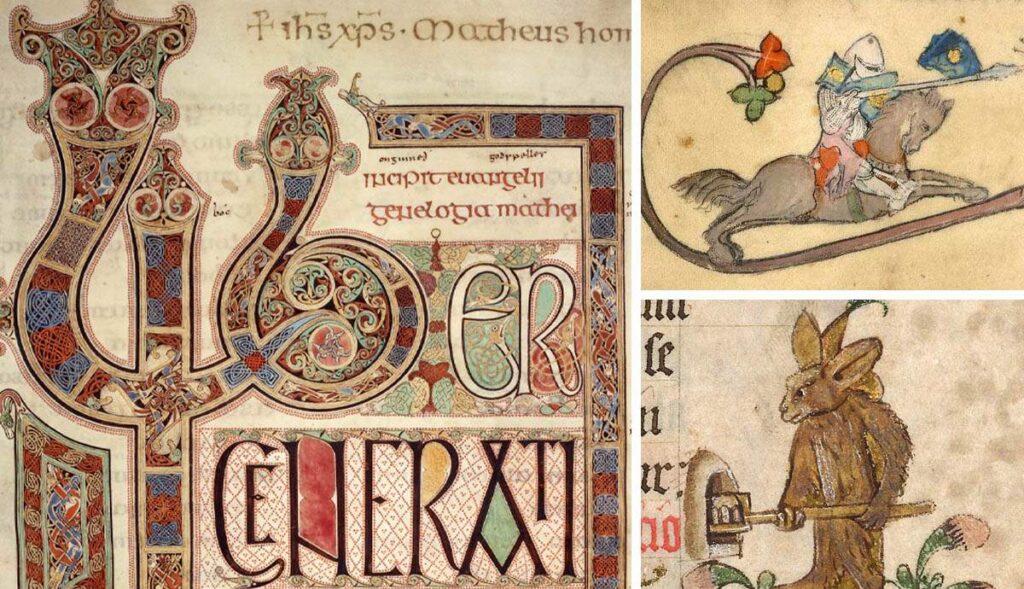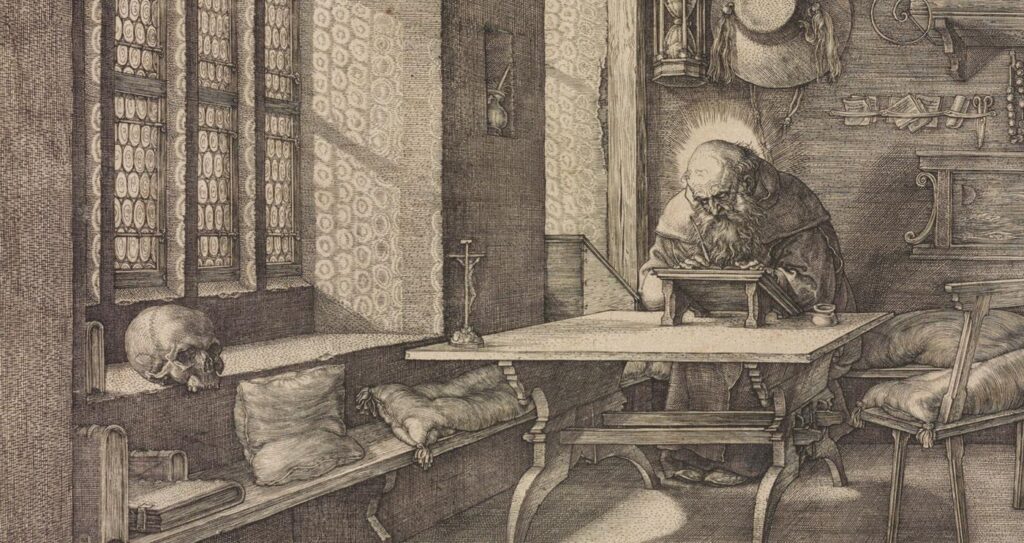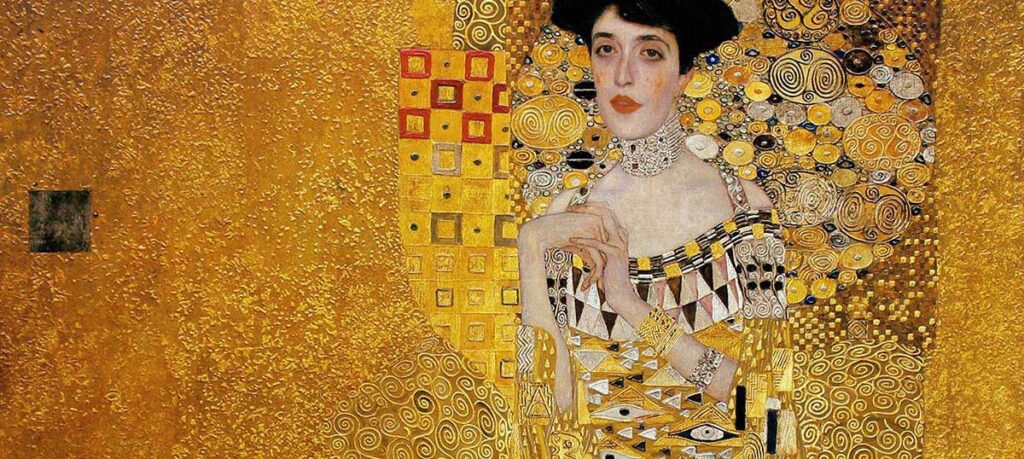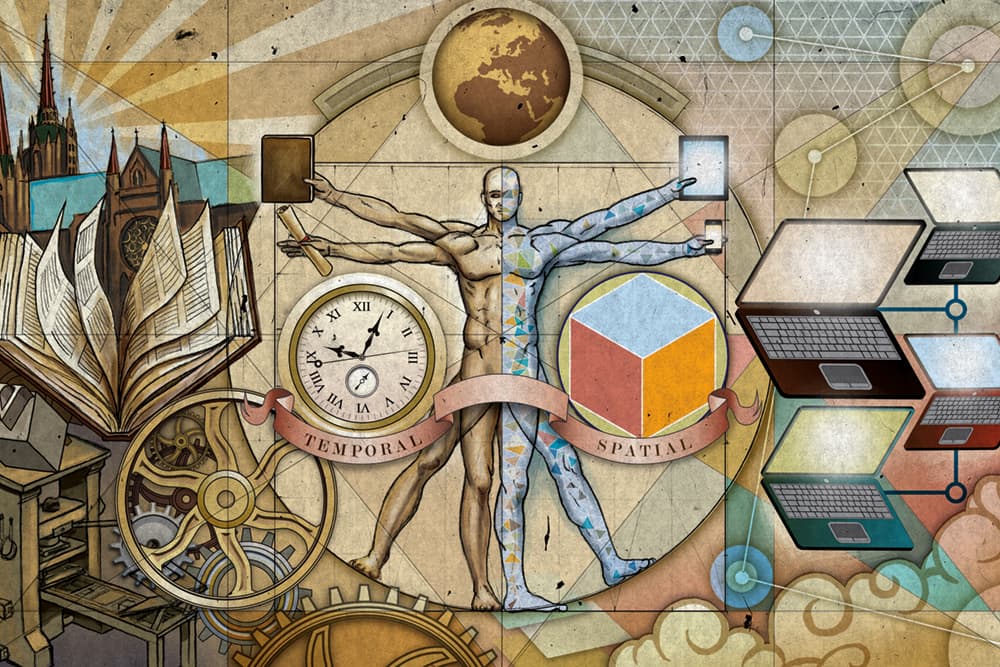Illustration, in its essence, is the art of visually interpreting ideas, concepts, and stories. It serves as a potent tool for communication, evoking emotions and engaging audiences across various platforms. This form of visual storytelling transcends language barriers, offering a universal language that resonates with people worldwide.
Evolution of Illustration
The evolution of illustration is a fascinating journey through time, tracing its origins from primitive cave paintings to modern digital masterpieces.
Ancient Origins

Illustration has its roots in ancient civilizations, where early humans used cave walls as canvases, creating visual depictions of their lives, rituals, and surroundings. These drawings, while simple in form, laid the groundwork for visual storytelling.
Medieval Manuscripts and Illuminations

The Middle Ages saw the emergence of intricate manuscripts adorned with illuminations – beautiful illustrations with bright colors and complex details. These illuminated manuscripts, painstakingly crafted by skilled scribes and artists, depicted religious themes, historical events, and mythical tales.
The Renaissance and the Development of Printing

The invention of the printing press in the 15th century revolutionized the dissemination of illustrated productions. Woodcuts and engravings became widespread, allowing illustrations to accompany printed texts. Artists like Albrecht Dürer and Leonardo da Vinci contributed to the development of detailed illustrations during the Renaissance.
The Golden Age of Illustration

The 19th and early 20th centuries marked the “Golden Age of Illustration.” This period saw the rise of illustrated books and magazines, where artists such as Arthur Rackham and Edmund Dulac showcased their exquisite works, bringing to life fairy tales and literary classics.
The Modern Age and the Digital Revolution

With the advent of the digital era, illustration underwent a transformation. Traditional mediums like pencils and paints gave way to digital tools and software. Digital illustration expanded the horizons of creativity, offering artists limitless possibilities for creating and manipulating images.
The evolution of illustration reflects the evolution of human self-expression. From humble cave walls to the boundless possibilities of digital canvases, illustration remains an enduring medium of storytelling, self-expression, and communication. Its journey through history continues to inspire and shape our perception of the world.
Forms and Styles
The world of illustration is a vibrant tapestry woven from a multitude of forms and styles, each carrying its unique essence and purpose.

Let’s explore some of the diverse forms and styles that animate illustration:
Traditional Illustration
- Pen and Ink: With the classic combination of pen and ink, artists create intricate and detailed illustrations with varying line weights, textures, and shading techniques;
- Watercolor: Known for their fluidity and transparency, watercolor illustrations radiate softness and evoke emotions through delicate pigment washes;
- Oil and Acrylic: Traditional oil or acrylic painting techniques provide richness, depth, and vibrancy of colors, allowing for detailed and textured illustrations.
Digital Illustration
- Vector Illustration: Vector imagery, created using mathematical equations, maintains its quality at any size, ideal for logos, icons, and clean, precise illustrations;
- Raster Art: Pixel-based digital art allows for more detailed and textured illustrations, widely used in digital painting and photo manipulation;
- Mixed Media and Collage: Digital tools enable artists to combine various elements, textures, and mediums into cohesive and visually striking compositions.
Styles in Illustration
- Realism: This style focuses on the lifelike depiction of subjects. Common in portraits, landscapes, and technical drawings, it aims for accuracy and authenticity;
- Minimalism: Emphasizing the essence of ideas or objects, minimalism in illustrations relies on simplicity and clean lines, eschewing superfluous details;
- Abstraction: Abstract illustrations use shapes, colors, and imagination to evoke emotions and interpretations without representing a specific object;
- Cartoons and Comics: These playful and exaggerated illustrations use bold lines, vibrant colors, and expressive characters, often found in comics, children’s books, and animation;
- Surrealism: Pushing the boundaries of reality, surrealist illustrations blend elements of dreams, unexpected juxtapositions, and symbolism, creating thought-provoking and intriguing visual images.
Specialized Types of Illustration
- Scientific Illustration: Focused on detailed and accurate representations, this type is often employed in biology, anatomy, and technical guides;
- Fashion Illustration: Focused on elegance and style, these illustrations showcase clothing designs, emphasizing fluid lines and dynamic poses;
- Editorial and Conceptual Illustration: Expressive and conceptual, these illustrations accompany articles or convey complex ideas, adding visual depth to editorial content.
Cultural and Regional Styles
- Japanese Manga and Anime: Recognized by its distinctive characters, bright colors, and emotional storytelling, this style enjoys global popularity;
- Traditional Eastern Art: Drawing on rich cultural heritage, these illustrations are characterized by delicate brushwork, intricate patterns, and symbolism.
To better memorize shapes and styles of illustration, save these tips.
Influence of Illustration
Illustration, with its myriad forms and styles, remains a testament to artistic diversity and creativity, captivating audiences globally.
Impact and Influence
- Illustration’s influence on culture, society, and various industries leaves an indelible mark on our perceptions, emotions, and interactions. Let’s delve into its profound impact;
- Visual Storytelling: Illustrations offer a captivating blend of art and narrative, crossing language barriers, evoking emotions, conveying messages, and engaging audiences deeply.
Emotional Resonance
- Emotional Connection: Illustrations have a unique ability to evoke quick and profound emotions, be it the warmth of a nostalgic scene or the excitement of a vibrant composition;
- Visual Language: The visual language of illustrations conveys complex emotions and narratives in ways words often can’t, with subtle nuances of expression or composition conveying complex feelings and stories.
Message Delivery
- Clarity and Conciseness: Illustrations transform messages into concise visual elements, allowing clear and immediate understanding of ideas or concepts;
- Memorable Impact: Visual images tend to linger in memory more effectively than text, making illustrated content leave a longer-lasting impression and aid in retaining the conveyed message.
Engagement and Immersion
- Audience Engagement: Engaging illustrations captivate viewers, encouraging them to spend more time interacting with the content, be it in books, advertisements, or online media;
- Immersive Atmosphere: Well-executed illustrations transport audiences to different worlds, creating an immersion effect that allows one to escape reality and become part of a visually captivating story.
Enhancing Narrative Quality
- Depth and Texture: Illustrations infuse storytelling with depth, visually enriching it with details, textures, and subtleties that complement and amplify spoken or written narrative;
- Character Development: Visual elements aid in shaping characters, depicting their personalities, emotions, and traits, and forging a stronger connection between the audience and the characters’ journeys.
Cross-Cultural Communication
- Universal Appeal: Visual storytelling transcends cultural barriers, appealing to diverse audiences worldwide. It serves as a universal language that resonates across different backgrounds and languages;
- Cultural Context: Illustrations can incorporate cultural elements and symbols, bridging cultural divides and fostering understanding and appreciation of diverse viewpoints.
Interactive Engagement
- Digital Interactivity: Interactive illustrations in digital media or apps further engage the audience, allowing them to interact, explore, or even participate in the storytelling process;
- Enhancing User Experience: In user interfaces and experience design, illustrations play a crucial role in helping users navigate, making interactions more intuitive, and improving the overall experience.
Visual storytelling through illustrations is a powerful tool that transcends mere aesthetics, inviting audiences into an engaging journey, evoking emotions, and implanting messages in the minds and hearts of those who encounter them.
Conclusion
Essentially, illustrations are not just drawings but vessels of expression, emotion, and narrative. Their ability to cross boundaries and resonate universally makes them a cornerstone of artistic communication. Whether on a book page, a digital screen, or a public mural, illustrations continue to mesmerize, inspire, and unite us all.
Understanding the depth and breadth of illustrations, we begin to deeply appreciate their role in shaping narratives, fostering imagination, and enriching our visual landscape.
So, what type of illustration appeals to you the most? Whether it’s the whimsical charm of children’s illustrations or the vivid visual narratives of editorial art, illustrations have a remarkable ability to captivate our hearts and minds.